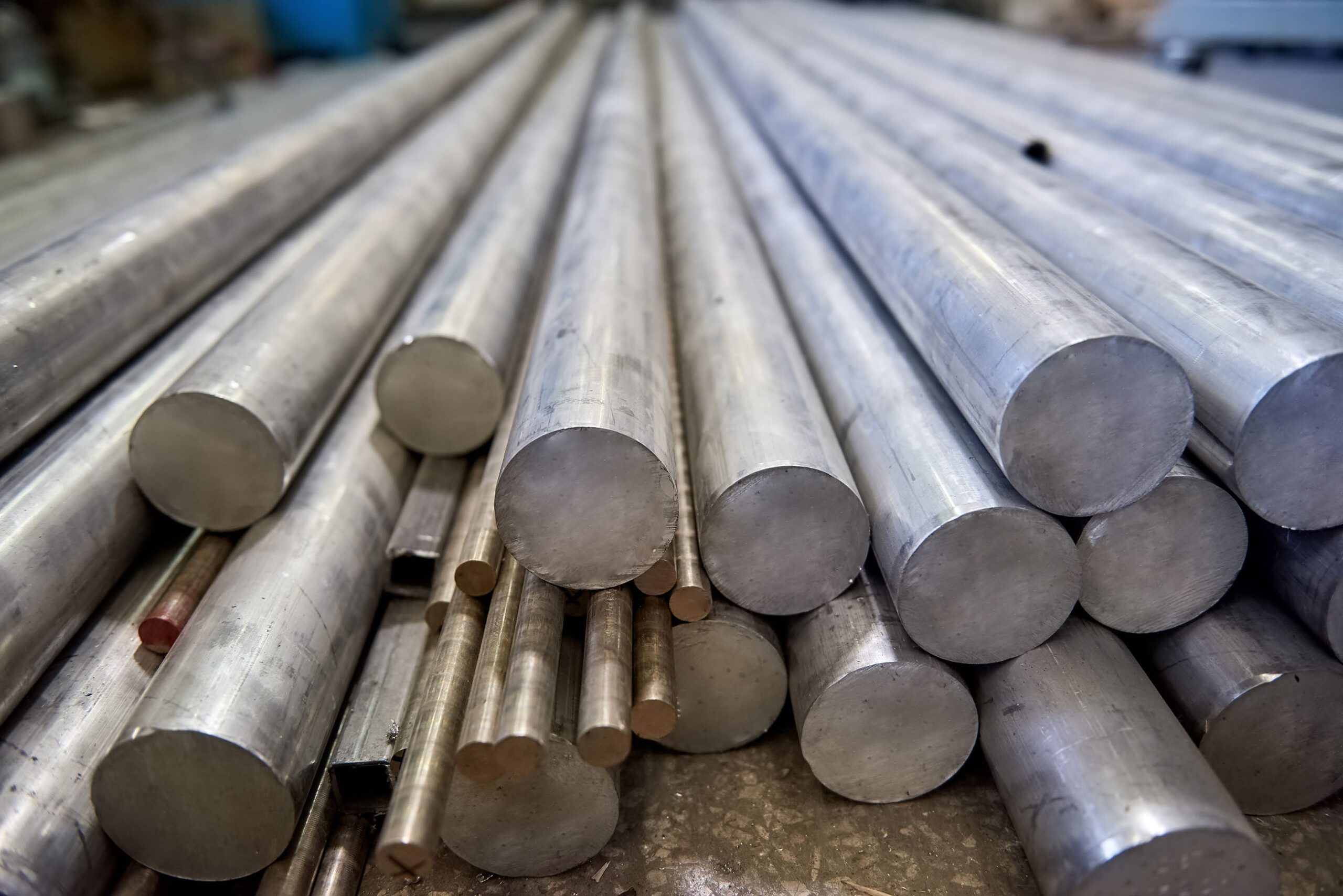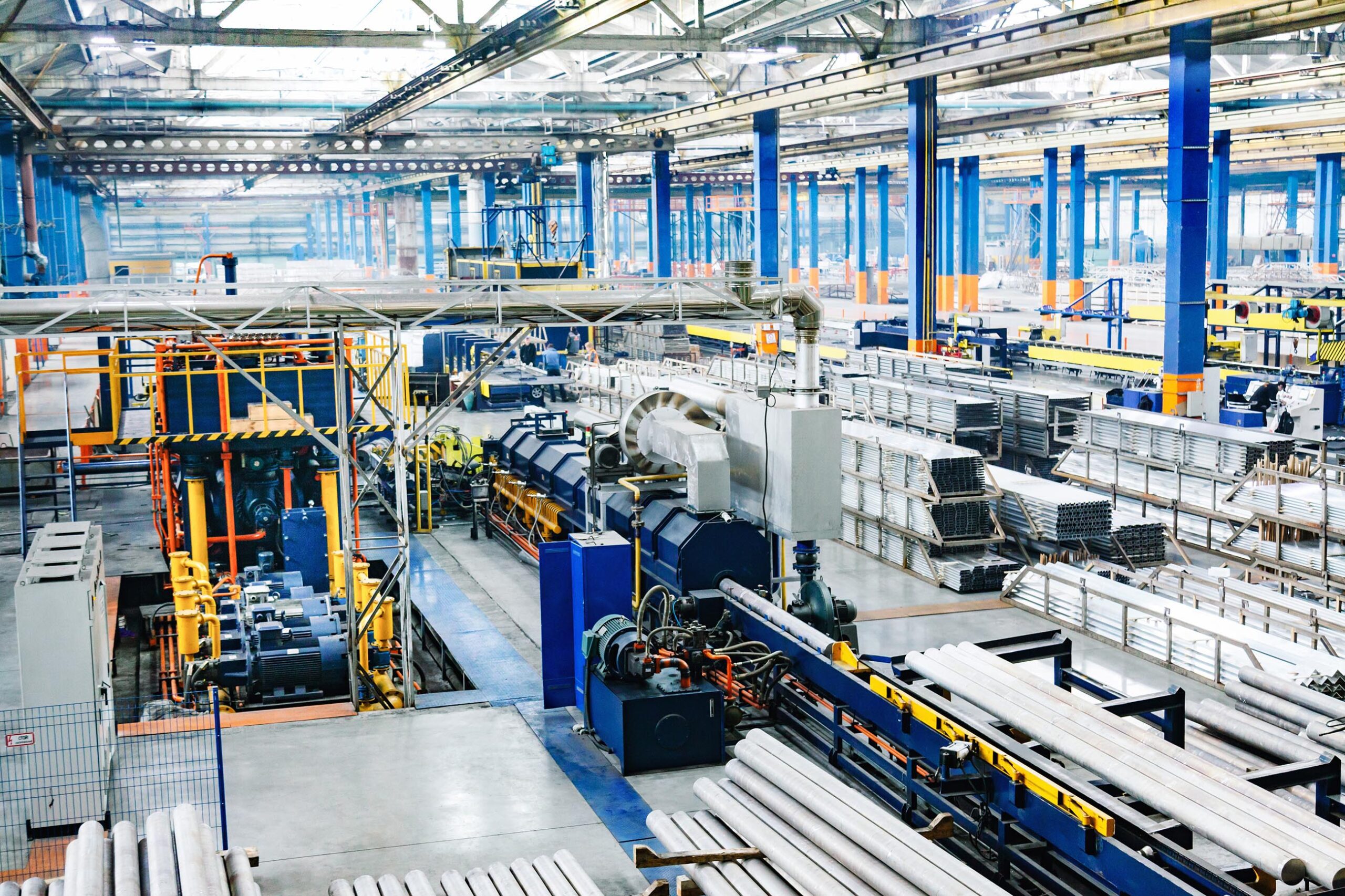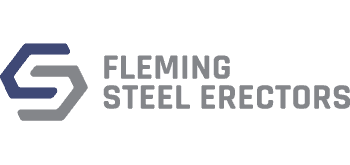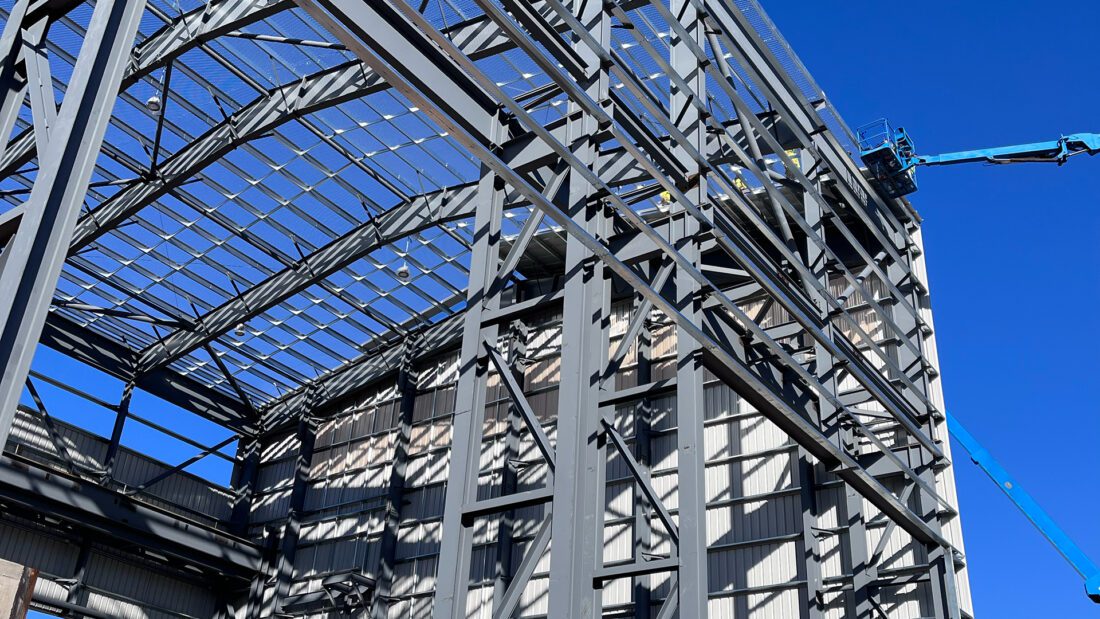Construction Materials Spotlight – Types of Steel
Everyone uses steel. But few people know how many forms it comes in!
Several centuries ago, some smart people noticed that putting coal into their iron furnaces made the metal that emerged a lot stronger. Without knowing it, they had produced an early version of the material that would revolutionize society—steel.
Today, we use steel to produce everything from sewing needles to skyscrapers. But the technology has come a long way, and steel is now available in many different forms. For anyone involved in large-scale construction, it’s helpful to get familiar with the various kinds of steel and their uses.
Here’s a start:

Carbon Steel
This most basic form accounts for some 90 percent of the steel used today. When carbon (usually in the form of a coal derivative known as coke), is combined with iron, the carbon infiltrates the iron’s crystal lattice, filling the molecular gaps and making the resultant material much stronger. Carbon steel is used to fabricate ship hulls, building beams, auto bodies, knives, structural supports and much more. It comes in three basic grades: high-, medium- and low-carbon (or mild). Stronger steel has a higher carbon content. Higher carbon content also makes the steel more rigid and brittle.
The structural steel used for most large-scale construction is often the medium- or low-carbon variety. This is because large structures must be flexible as well as strong, to withstand the forces of wind, vibration, and earth shifting. Low-carbon structural steel has the highest ductility (flexibility) and is therefore the best choice in some instances.
Pre-engineered metal buildings (PEMB)—in which Fleming Steel Erectors specializes—typically use structural steel frame systems, often consisting of I-beams, with rebar steel rods to reinforce concrete elements. Roofs and other exposed external surfaces are often made of galvanized steel to inhibit corrosion.
High-carbon steel, being very strong but inflexible, is useful for knives, springs, and the high-strength wires required for bridges, overhead roads, tall buildings, large span industrial buildings, storehouses, and other structures.

Alloy Steel
Other elements can be introduced in the steelmaking process to create alloy steel. Here are some varieties of this type of steel and their specific properties:
- Nickel steel is tough, corrosion-resistant, and can withstand high levels of tension. Its versatility makes it suitable for uses from bridges to bicycle chains.
- Tungsten steel is remarkably heat-resistant, making it ideal for drill bits, rocket nose cones, and other items that must endure high heat.
- Manganese steel is exceptionally tough and wear resistant. It is used for railway tracks, shovel buckets, shot blast cabinets and anti-drill security plates.
- Stainless steel uses chromium to achieve the hard, shiny, wear-resistant quality that makes it ideal for medical implements, kitchen accessories, cutlery, storage tanks and more.
Many other materials can be included in alloy steel to achieve a desired level of strength, hardness, or corrosion resistance. Molybdenum, aluminum, copper, titanium, tungsten, boron, lead, silicon, bismuth, sulfur, and vanadium are often used in various combinations to add the desired qualities.
As with carbon steel, alloy steel comes in varying grades, according to its non-iron content. Low-alloy steel typically contains 1-5 percent other metals (usually nickel or tungsten). High-alloy steel, with 12-18 percent other metals, is more expensive and used mainly for specialty applications.

The Changing Steel Industry
Steel production has been a staple of the U.S. economy for over a century. But in recent years it has become a matter of concern as other producers—especially China—have seized market share. Steel tariffs in various forms have been in place since the 1970s. And on May 31,2022, the Biden administration announced a 25 percent value-added tax (VAT) on imported steel, with Mexico and Canada exempted. Special consideration has also been given to allies including the United Kingdom, the European Union and Japan—but with quotas remaining on import quantities.
As the large, older steel mills of the industrial Midwest have declined, mini steel mills have provided an innovative alternative that is revitalizing the U.S. steel industry. These enterprises, scattered throughout the South, West and Midwest, produce steel from scrap, returned steel and direct reduced iron. They typically incur lower capital and energy costs than the traditional integrated mills and emit 65-90 percent less in greenhouse gasses.
A good example of this phenomenon is Commercial Metals Company’s new “AZ2” mini-mill in Mesa, Arizona. This 418,000 square-foot plant will produce rebar and merchant bar, using arc furnaces connected directly to renewable energy resources. It is projected to emit 60 percent fewer emissions than other comparable facilities, while consuming just 20 percent of the energy. (Fleming Steel Erectors is a proud partner in this enterprise, working with another firm to furnish and erect the hybrid structural steel package, crane beams, mezzanines, miscellaneous steel packages, and exterior wall and roof cladding.)
With the advances in technology and the proliferation of various types of steel, it’s likely that there are steel products just right for your project. This guide will provide a starting point. And Fleming Steel Erectors is here to help you make the best choices.



